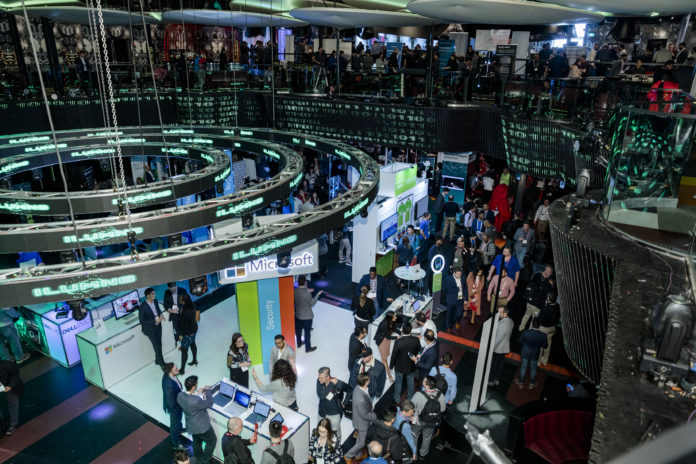It used to be that all you needed to secure your enterprise was a strong firewall and good anti-virus software. But the cybersecurity landscape has shifted – this was a major theme at BTEX 2019: ILUMN8. Back when Michael “MafiaBoy” Calce launched the first major DDOS attack in 2000, most hackers were out to show their peers who “da man” was. But now, cyberattacks come from state-sponsored actors, looking to steal secrets and cause chaos, or cybercriminals spreading ransomware for financial gain. And all it takes to bring down an organization is a $60 tool that looks like a USB adapter.
So, how can companies defend themselves against the latest threats? Here are a few solutions from the conference.
Advanced email security
Email remains one of the greatest threats to an organization. No longer are employees receiving spammy links with suspect URLs – with sophisticated phishing campaigns, which scour the internet for publicly available information on their targets, malicious email can be much harder to detect. And all it takes is one employee opening their “children’s soccer schedule” attachment at work to give an attacker access to the system.
This is why you need advanced protection against email-borne threats. The latest security software can defend against malicious URLs, attachments and impersonation attempts as well as spam and viruses. When it comes to protecting your company, you can’t just count on the “bad emails” being filtered to a Spam folder; you need extra protection against the latest threats.
Is your printer secure?
Another common entry point for cyberattackers is unsecured network devices, such as a printer, especially if it uses default logins easily guessable by anyone who can access the device. In his BTEX 2019 keynote, The Artist Formerly Known as MafiaBoy mentioned that one financial institution had 5,000 unsecured printers on its network, which could have given an adversary 5,000 potential entry points to access your financial information.
However, the latest generation printers are stronger than before. Some models offer built-in malware protection, and require additional authentication steps, such as an individualized log-in, in order to provide user access. With the latest technology, the days of an attacker simply plugging a USB device into a printer to take over the network are over.
Protect your screens from prying eyes
The open office is increasingly becoming the norm, which could put sensitive information at risk. When you have unassigned seating, someone from communications might end up next to someone from finance, who is dealing with sensitive, confidential information. And that’s not to mention all the contractors and maintenance workers roaming the open halls… When it comes to protecting private information, you can never be too safe.
The good news is there are privacy filters that prevent people from outside of your viewing range from seeing your screen. These can be purchased as additional hardware, which you can “slip on, slip off,” or, with the latest business devices from the likes of HP and Lenovo, screen filters are built in to the device itself. It’s time to make “visual hacking” a thing of the past.
How the latest malware protection uses AI to help keep you safe
It used to be that you’d have to download the latest “virus definitions” to make sure your anti-virus protection was up to date. But the latest advanced malware protection (AMP) solutions use cloud-based threat intelligence to identify the latest malware before it can even reach your devices. This reduces the time it takes to investigate and remediate potential threats in your environment – you can now do so with just a few clicks. And these solutions can be deployed either on premises or in the public cloud. We’ve sure come a long way from inserting a CD-ROM to install an anti-virus solution…
Please bookmark this page for more coverage of BTEX 2019.







